“Bauer, Ferdinand Lucas.” Complete Dictionary of Scientific Biography. 2008. Retrieved June 16, 2011 from Encyclopedia.com.
- Available at: http://www.encyclopedia.com/doc/1G2-2830900304.html
Bauer, Ferdinand. Illustrationes Florae Novae Hollandiae. London, 1813.
Blunt, Wilfrid, and William Thomas Stearn. The Art of Botanical Illustration: an Illustrated History. Fourth Edition. London: Collins, 1950.
Dwight, Florence. “In Honour of Ferdinand Bauer.” Australian Plants Online, Number 21 (March 28, 2001). Association of Societies for Growing Australian Plants. (Last accessed June 16, 2011)
Eggli, Urs, and Leonard E. Newton. Etymological Dictionary of Succulent Plant Names. New York: Springer-Verlag, 2004.
"Ferdinand Lucas Bauer (1760 - 1826)." Alecto Historical Editions > Ferdinand Bauer. Editions Alecto. Web. alecto-historical-editions.co.uk
- Available at: http://alecto-historical-editions.co.uk/Bauer%2520drawings.htm
Fox, Celina, ed. London – World City, 1800-1840. New Haven: Yale University Press, 1992.
“Francis Bauer’s ‘Delineations of Exotick Plants.’ Bibliographical Notes XVIII. The Journal of Botany, British and Foreign, Volume 37: 181-183. London: West, Newman & Co., 1899.
Fusina, Sandro. Bauer, Bauer & Co. Lodi: L’Erbolario Edizioni, 2002.
Gilbert, Lionel Arthur. “Bauer, Ferdinand Lukas (1760-1826).” Australian Dictionary of Biography. Volume 1. Melbourne: Melbourne University Press, 1966.
Griffiths, George Edward. "Flinders's Voyage to Terra Australis." The Monthly Review, or Literary Journal, Vol. LXXVI (February 1815): 152-167.
Griffiths, George Edward. "Flinders's Voyage to Terra Australis." The Monthly Review, or Literary Journal, Vol. LXXVII (77) (May 1815): 35-54.
Hewson, Helen. Australia: 300 Years of Botanical Illustration. Forward by H.R.H. Prince of Wales. Collingwood: Commonwealth Scientific and Industrial Research Organisation (CSIRO) Publishing, 1999.
Jacquin, Nicolao Josepho, ed. Icones Plantarum Rariorum. Volumes I-III. Vienna: C.F. Wappler; London: B. White; Lyons: S. & J. Luchtmans; Strassburg: A. Konig, 1781-1793.
- Available via Biodiversity Heritage Library at: http://www.biodiversitylibrary.org/bibliography/329#/ summary
- Volume I available via Internet Archive at: http://archive.org/details/mobot31753000507233
- Volume II available via Internet Archive at: http://archive.org/details/mobot31753000507241
- Volume III available via Internet Archive at: http://archive.org/details/mobot31753000507258
Kruthoffer, Betsy. “A Brief Publishing History of Flora Graeca.” Lloydiana, Volume 14 No. 1-2 (Winter/Spring 2010): 12-13.
Lack, H. Walter. A Garden for Eternity: The Codex Liechtenstein. Berne: Bentelli, 2000.
Lack. H. Walter. "Recording form in early nineteenth century botanical drawing: Ferdinand Bauer's 'Cameras.'" Curtis's Botanical Magazine, Volume 15, Issue 4 (November 1998): 254-274.
Lack, H. Walter, and Victoria Ibáñez. “Recording colour in late eighteenth century botanical drawings: Sydney Parkinson, Ferdinand Bauer and Thaddäus Haenke.” Curtis’s Botanical Magazine, Volume 14, Issue 2 (May 1997): 87-100.
Lack, H. Walter, and David J. Mabberley. The Flora Graeca Story: Sibthrop, Bauer and Hawkins in the Levant. Oxford and New York: Oxford University Press, 1999.
Lambert, Aylmer Bourke. A Description of the Genus Pinus, Illustrated with Figures, Directions Relative to the Cultivation, and Remarks on the Uses of the Several Species. London: J. White, 1803.
- Available via Internet Archive at: http://archive.org/details/mobot31753003472476
Lhotsky, John. “Biographical Sketch of Ferdinand Bauer, Natural History Painter to the Expedition of Captain Flinders, R.N., to Terra Australis.” London Journal of Botany, Volume II: 106-113. London: Hippolyte Baillier, Publisher, 1843.
- Available via Biodiversity Heritage Library at: http://archive.org/details/cbarchive_40148_biographicalsketchofferdinandb1843
Mabberley, David. Ferdinand Bauer: The Nature of Discovery. London: Merrell Holberton Publishers and The Natural History Museum, 1999.
Mabberley, David J., and David T. Moore. "Catalogue of the holdings in the Natural History Museum (London) of the Australian botanical drawings of Ferdinand Bauer (1760-1826) and cognate materials relating to the Investigator voyage of 1801 - 1805." Bulletin of the Natural History Museum Botany Series, Volume 29, No. 2 (November 25, 1999): 81-226.
- Available via Internet Archive at: http://archive.org/details/bulletinofbritis292natu
Mabberley, David, and Pilar de San Pío Aladrén. La carta de colores de Haenke de la Expedición Malaspina: un enigma. Madrid : Real Jardín Botánico, CSIC : Ediciones Doce Callas, 2011.
Moran, Jennifer. "Ferdinand Bauer's Colourful Fish." The National Library Magazine, Volume 1 No. 3 (September 2009): 8-11.
- Available at: http://www.nla.gov.au/pub/nlanews/2009/sep09/sept09.pdf
Nesbitt, Mark. "Woods of the World." Kew blogs > economic botany. October 30, 2012.
- Available at: http://www.kew.org/news/kew-blogs/economic-botany/Woods-of-the-world.htm
Norst, Marlene J. Ferdinand Bauer: The Australian Natural History Drawings. Art in Natural History No. 1. London: British Museum of Natural History, 1989.
Norst, Marlene J. and Johanna McBride. Austrians and Australia. Potts Point: Athena Press, 1988.
Organ, Michael. “The Discovery of the Koala: Hat Hill (Mount Kembla), New South Wales 1803.” March 9, 2006. Michael Organ – Home Page 2011. University of Wollongong.
- Available at: http://www.uow.edu.au/~morgan/koala.htm (Last accessed June 16, 2011)
Quattrocchi, Umberto. CRC World Dictionary of Plant Names: Common Names, Scientific Names, Eponyms, Synonyms, and Etymology. Volume I: A-C. Boca Raton, FL: CRC Press, 2000.
"Rainbow Lorikeet Trichoglossus moluccanus." Mascotarios > Birds > Loriini.
- Available @ https://www.mascotarios.org/en/lori-arcoiris
Soutteau, Pierre. “Curtis Gates Lloyd: The Kew Connection and the Acquisition of Flora Graeca.” Lloydiana, Volume 14 No. 1-2(Winter/Spring 2010): 10-12.
Thomas, Sarah. The Encounter 1802: Art of the Flinders and Baudin Voyages. Adelaide: Art Gallery of South Australia, 2002.
Ware, Grahame. "Franz Bauer and John Smith - The Eyes and Hands of William Hooker: The Significance of Their Work in Genera Filicum." Hardy Fern Foundation. March 2010.
- Available at: http://www.hardyferns.org/webyep-system/program/download.php?FILENAME=23-2-at-download.pdf&ORG_FILENAME=7th_Version_Bauer_Smith_Eyes_Hands_ Hooker_ Genera_ Filicum.pdf.
Watts, Peter. et al. An Exquisite Eye: the Australian Flora and Fauna Drawings 1801-1820 of Ferdinand Bauer. Sydney: Historic Houses Trust of New South Wales, 1997.
Wrigley, John Walter. Eucalypt Flowers. Canberra: National Library of Australia, 2013.


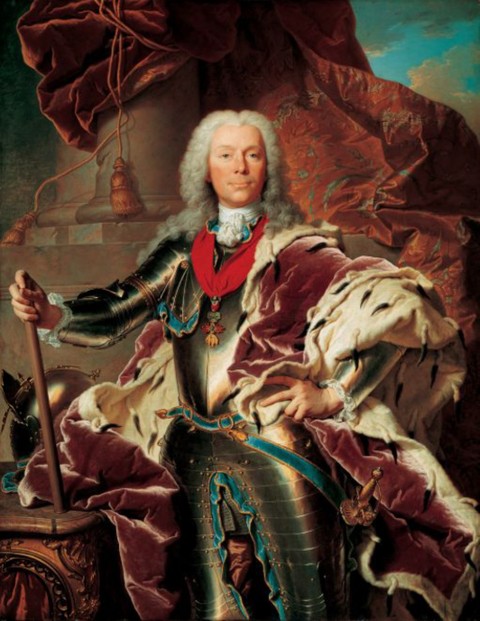
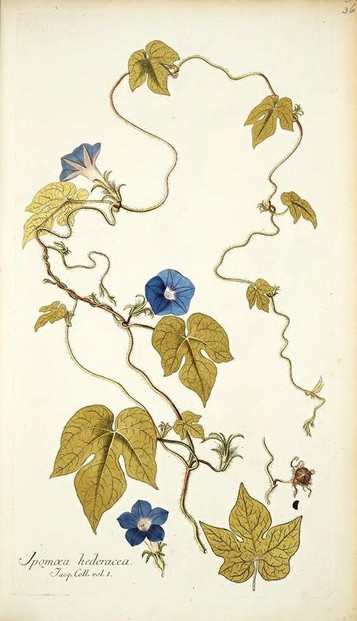
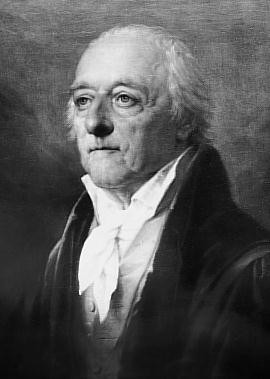
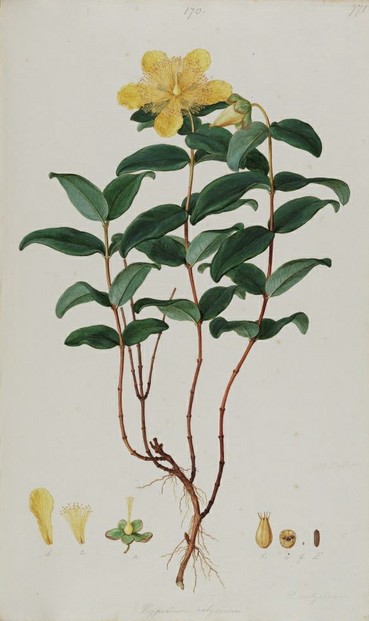
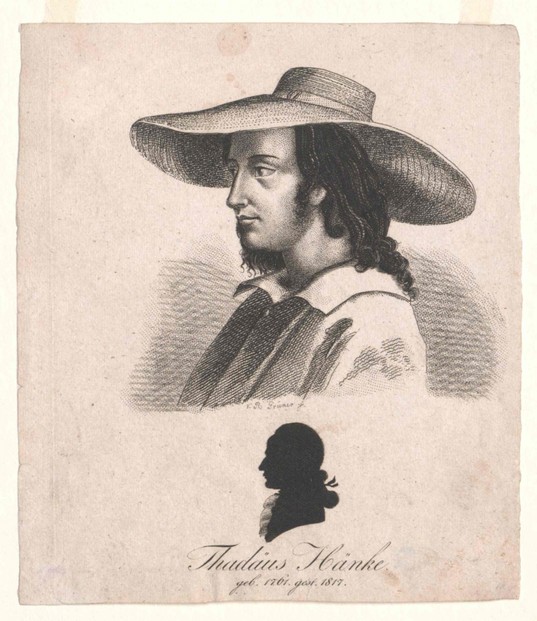
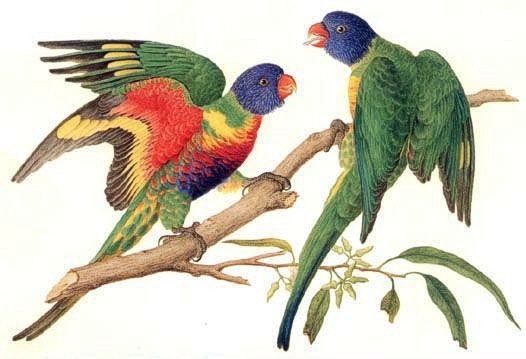

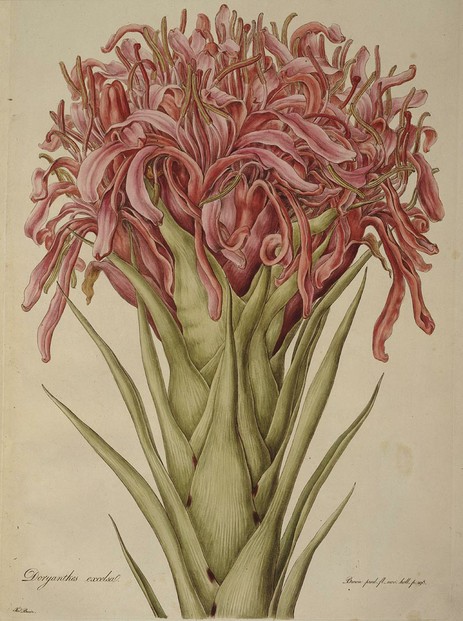
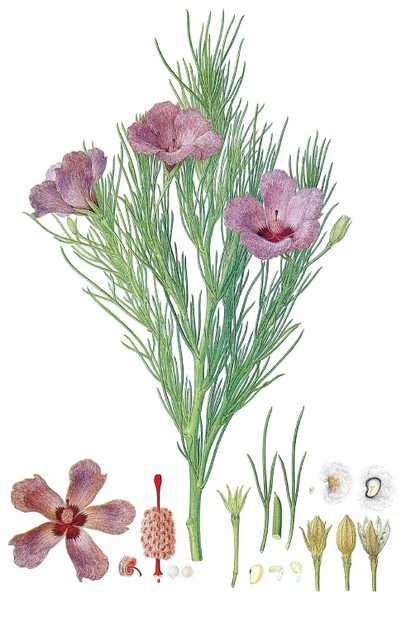
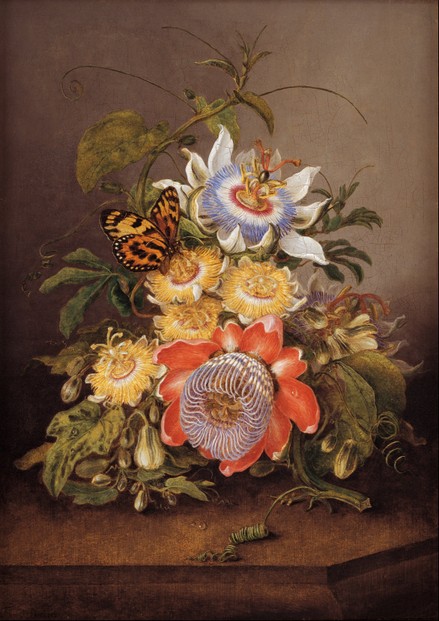
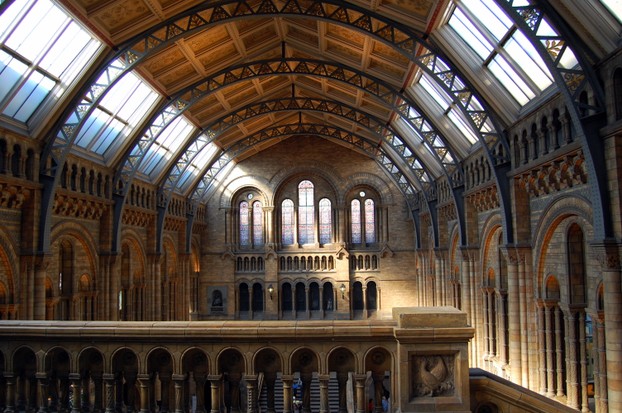
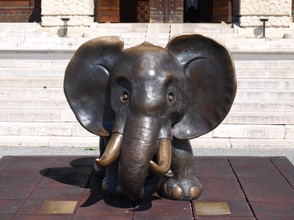
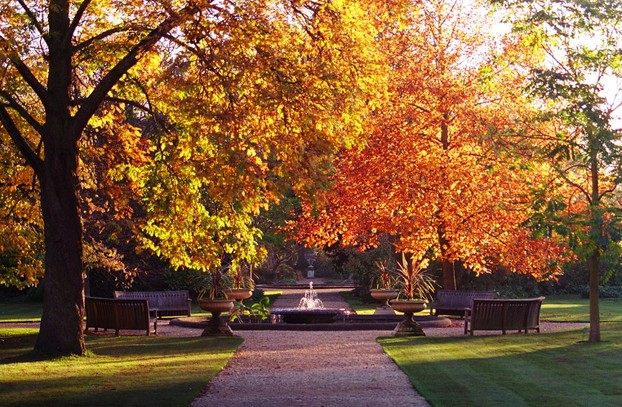
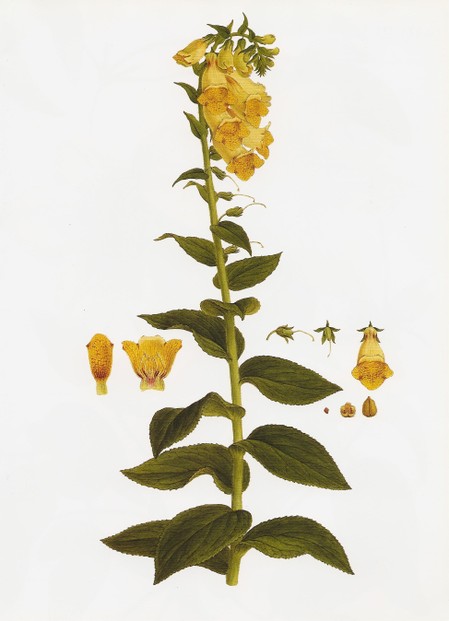
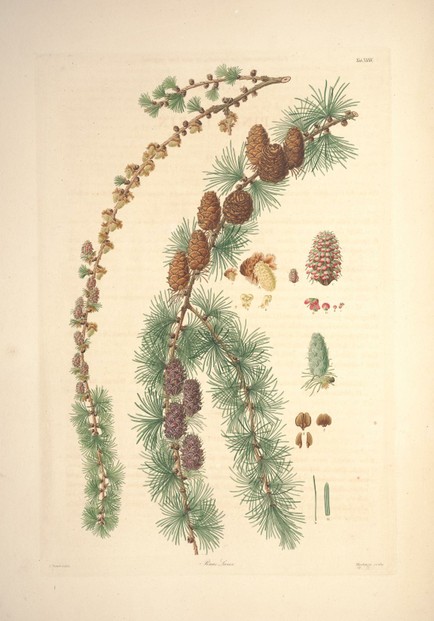
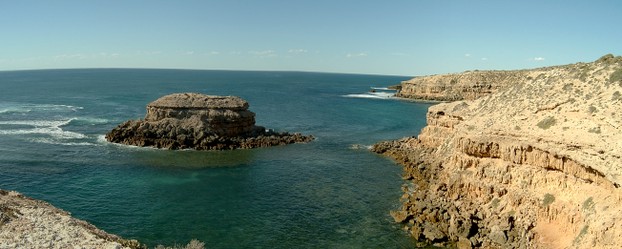
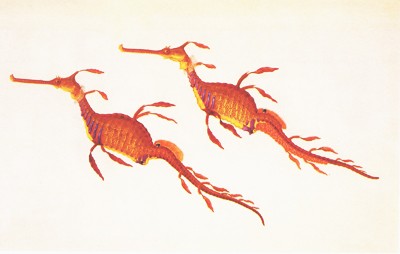






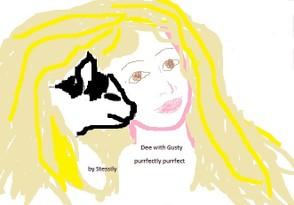
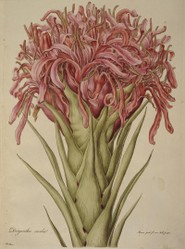

 Are Hawaiian Huakai Po Nightmarchers Avenging Halloween Thursday?on 10/02/2024
Are Hawaiian Huakai Po Nightmarchers Avenging Halloween Thursday?on 10/02/2024
 Mailing Addresses for 2023 Form 4868 Extending 1040 and 1040SR April 15, 2024, Due Dateon 04/15/2024
Mailing Addresses for 2023 Form 4868 Extending 1040 and 1040SR April 15, 2024, Due Dateon 04/15/2024
 Mailing Addresses for 2023 Forms 1040 and 1040SR Filed in 2024on 04/15/2024
Mailing Addresses for 2023 Forms 1040 and 1040SR Filed in 2024on 04/15/2024
 Mailing Addresses for 2022 Form 4868 Extending 1040 and 1040SR April 18, 2023, Due Dateon 04/13/2023
Mailing Addresses for 2022 Form 4868 Extending 1040 and 1040SR April 18, 2023, Due Dateon 04/13/2023

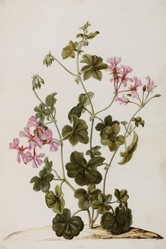
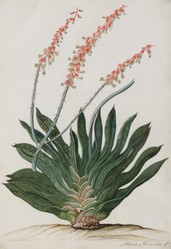
Comments
JohnnyKnox, Ferdinand Bauer is one of my absolute favorite natural history illustrators. I hope that in his lifetime he received comments such as yours. Thank you for visiting and commenting.
Wonderful work! Enjoyed the read and loved the artworks.